Situated along the scenic banks of the Elbe River, Meissen is a charming town featuring its remarkable castle and renowned porcelain production. Surrounded by vineyard terrain of the Elbe valley, Meissen, a mere 30-minute drive from Dresden through public transportation. Undoubtedly, it is an ideal day-trip destination, easily accessible from bustling cities like Berlin or Dresden. During a weekend exploration in Dresden, I took the opportunity for a day excursion to the old town of Meissen.
The history
Rooted in the Slavic village of Meisa, this city’s German genesis was marked by King Henry the Fowler in 929. Between 1205 and 1274, there were three monasteries in the town, with the grand cathedral atop the castle hill commencing construction circa 1250. Following the Reformation in 1539, the monasteries made way for a city school within the former Franciscan Monastery.
Before it became the porcelain city, Meissen thrived on cloth production. But aftermath of the Thirty Years’ War plunged its economy into stagnation. The turning point arrived in 1710 when August the Strong established the porcelain factory, the city boomed again.
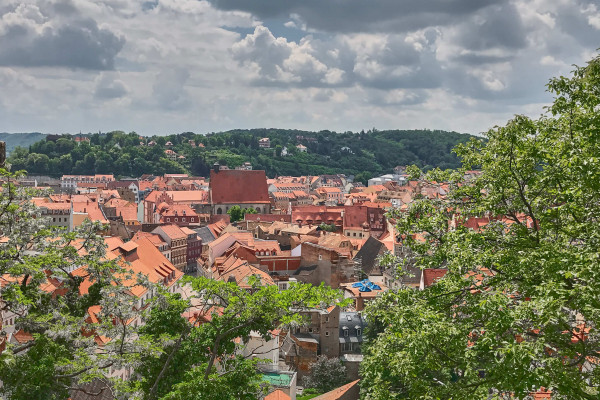
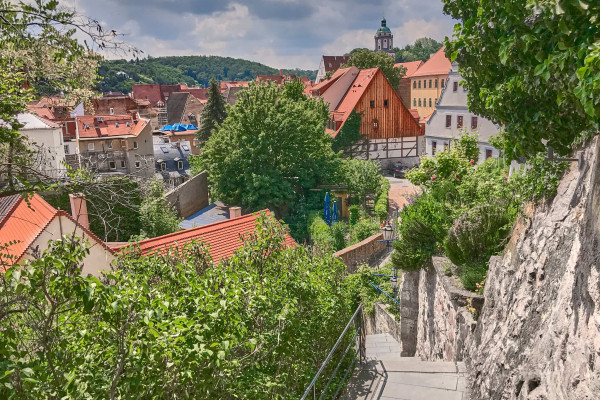
However, fast forward two centuries to the era of National Socialism, and Meissen faced the persecution of some political opponents by the Nazi regime. Among those targeted were the couple Alex and Else Loewenthal, proprietors of a department store at Elbstraße 8, who tragically lost their lives in 1942. The old city was heavily damaged during World War II, but post-war East Germany didn’t prioritize the restoration of the historic city centre.
Nevertheless, following the reunification on October 3, 1990, the city center has undergone extensive renovation. One of the recent challenges in Meissen was the Elbe flood in August 2002. The old town was partially submerged up to three metres. Some of Meissen’s attractions were temporarily underwater as a result of this flood. After years of renovation, the city has once again become the cultural and historical destination again.
Things we did in Meissen
We conveniently parked the car by Meisastraße, right across from the panorama elevator (Domaufzug). A small fee was required for this short but scenic journey uphill. The elevator transported us to Domplatz, perched on the top of the castle hill, marking the starting point of our day’s adventure:
- Wandered through a historical walk on the castle hill
- Explored the charming old town via the tunnel (Amtsstufen)
- Ascended the castle hill with a stroll up the castle stairs (Schlossstufen)
- Participated in a Meissen workshop tour and visited the porcelain museum
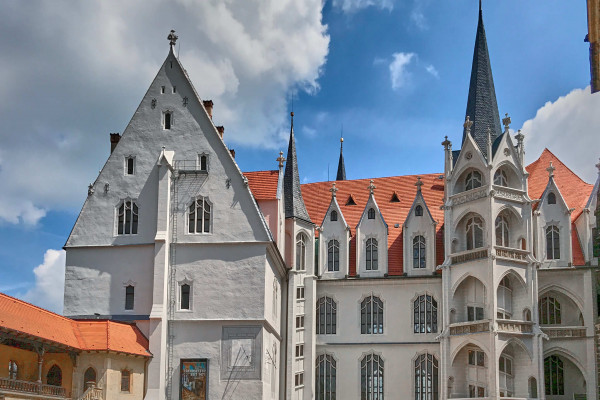
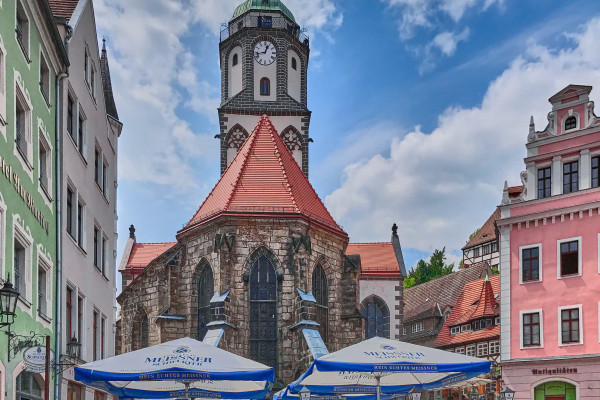
Wandered through a historical walk on the castle hill
The historical circular stroll around the Domplatz started at Schlossstufen and ended at the Hohlweg. Covering a distance of 500 metres, the pathway offers views of the Elbe Valley and the old town. Notable attractions along the route include the Meissen Cathedral and the Albrechtburg Castle.
Meissen Cathedral (Dom am Platz, Address: Domplatz 7, Meissen)
The first building that caught my eye was the cathedral with its twin spires. It is a masterpiece of Gothic architecture. Although the construction of the cathedral began around 1250, the final touches on the two towers were completed in 1909. Stepping inside, visitors are greeted by intricate grave plates crafted by P. Vischer’s workshop, along with statues, elegant columns, and lofty ceilings that add to the cathedral’s grandeur.
Albrechtburg Castle (Address: Domplatz 1, Meissen)
Albrechtburg Castle is one of the medieval gems. For a remarkable 153 years, it served as the birthplace of Meissen porcelain. Ascending the grand spiral staircase felt like stepping into a masterpiece of design. The walls told tales through murals, depicting historical events within the castle from 1893 onwards. Now, the castle’s every floor is open for exploration, offering an exhibition thoughtfully divided into five sections.
Other interesting sites on Domplatz
Bischofsschloss, the former bishops’ residence of the Diocese of Meissen in Saxony, unveiled a panorama as I gazed over the Elbe towards Proschwitz Castle.
The terraces of various cafes and restaurants offered breathtaking views of the Elbe valley. We randomly chose a café, and with a cup of coffee in hand, we enjoyed the stunning vista of Meissen’s old town.
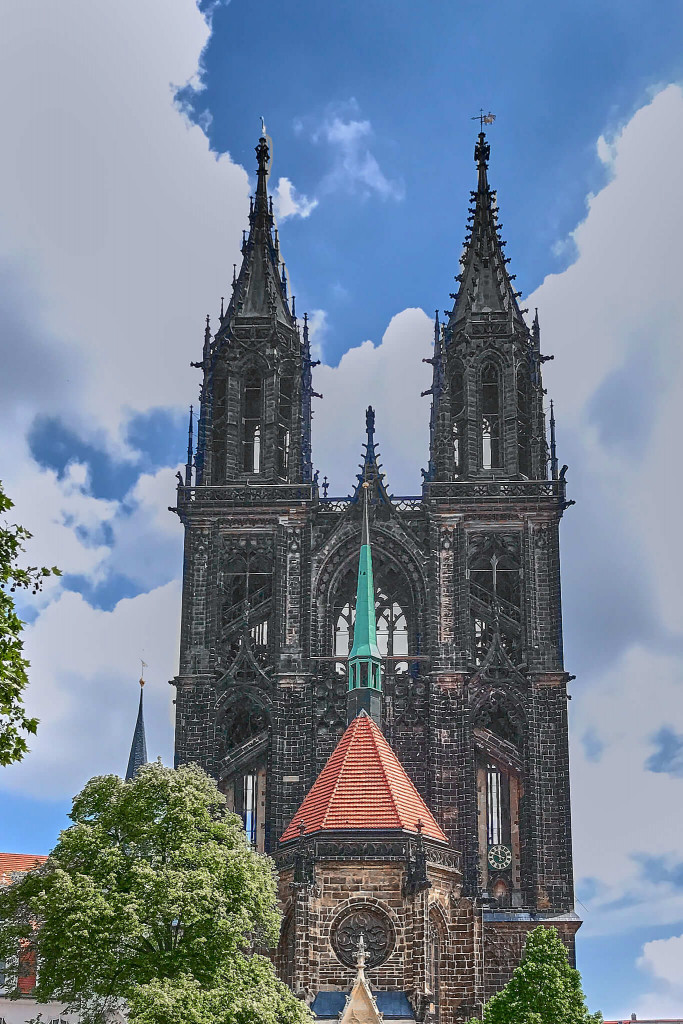
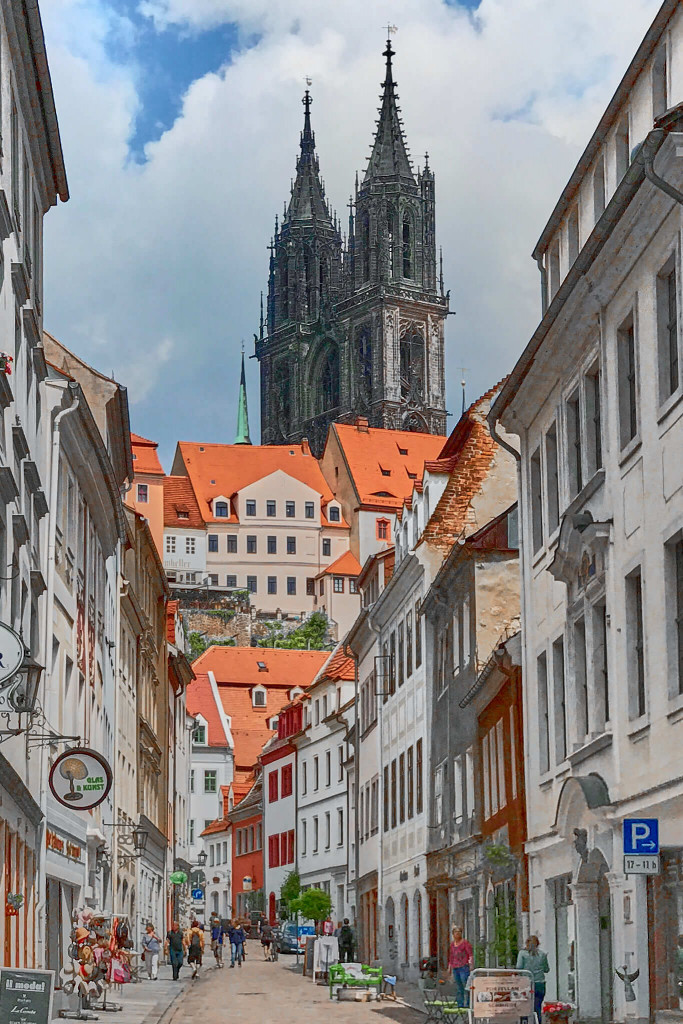
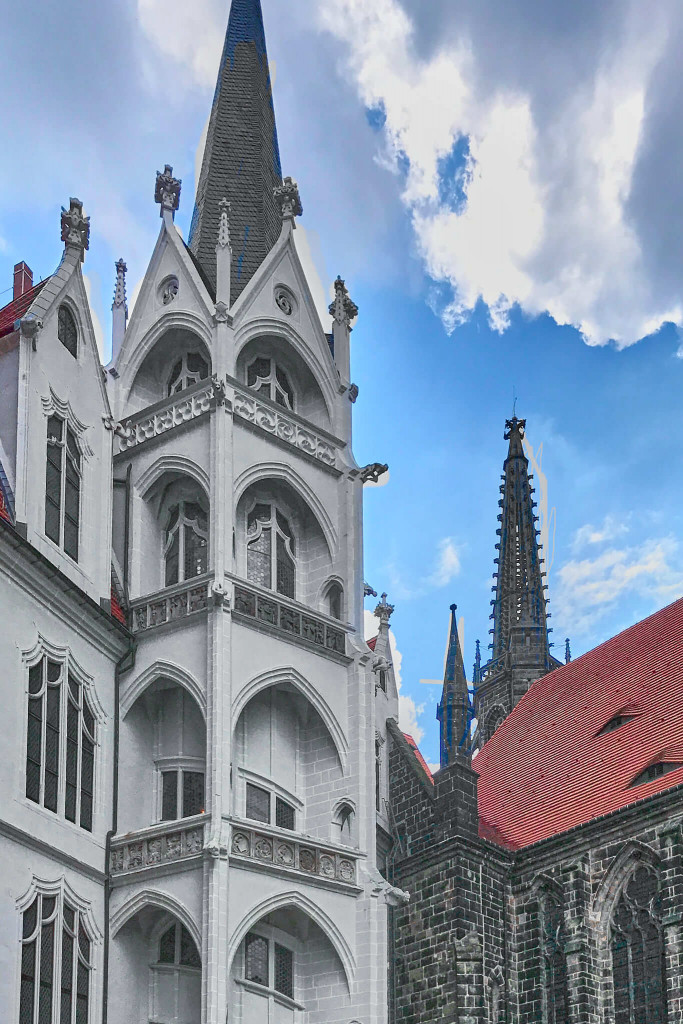
Explored the charming old town via the tunnel (Amtsstufen)
After exploring the Domplatz, we strolled through a quaint tunnel (Amtsstufen) within the Bischofsschloss, which was a part of the historical route leading to the city centre. Descending the hill, I discovered Heinrichplatz at the foot. The highlights in the old town include the Stadtmuseum and Frauenkirche.
Stadtmuseum (Address: Heinrichsplatz 3, Meissen)
Founded in 1901, the Stadtmuseum (City Museum) resided in the former Franciscan monastery. The most popular displays in this museum included the 11-meter Elbe fishing boat and the largest hand-operated wine pressor from 1788 in Saxony. Housed in a Neo-Gothic building, various sections chronicle the socio-economic, political, and cultural history of Meissen.
Frauenkirche (Address: An der Frauenkirche 1)
Constructed predominantly in the 15th century, the church was a plastered stone building, while the choir was made from sandstone blocks. Situated in the old town, the Protestant Frauenkirche is a late Gothic hall church..
An important event occurred in 1929, commemorating the 1000th anniversary of Meissen, as its tower became home to the world’s inaugural porcelain carillon. On June 1st, 1929, precisely at noon, the carillon resonated for the first time. Comprising 37 bells, the porcelain carillon melodiously chimes every two or three hours from 6:30 in the morning.
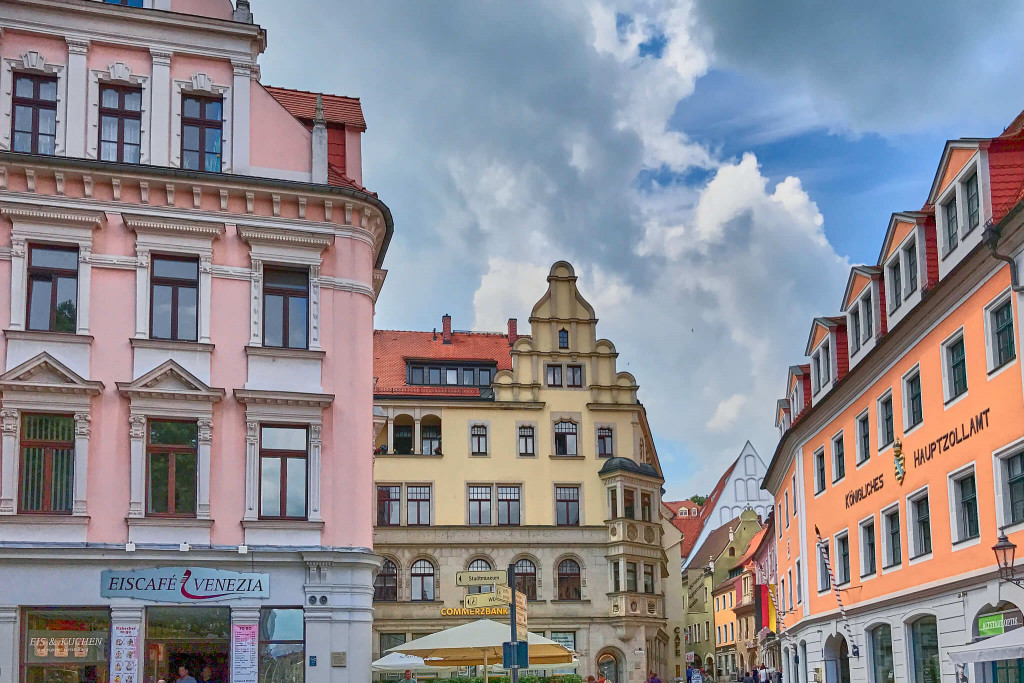

Ascended the castle hill with a stroll up the castle stairs (Schlossstufen)
To return to the Domplatz, we followed Burgstraße and then ascended the Schlossstufen, a stone staircase leading up the hill. As I looked up from the stairs, I caught a glimpse of the Torhaus museum.
Torhaus museum (Address: Domplatz 14)
In 1761, Christian H. Kändler, brother of the renowned porcelain designer Johann Joachim Kändler, acquired the residential building Torhaus. The painter and drawing teacher of the porcelain factory, Ludwig Richter, lived in one of the apartments between 1828 and 1829. Initially used for residential purposes until 1989, Torhaus underwent renovation and became a museum in 1997.
Romantik Hotel Burgkeller Residenz Kerstinghaus (Domplatz 11, 01662 Meissen)
En route to the panorama escalator, I discovered the Romantik Hotel Burgkeller Residenz Kerstinghaus. Boasting a prime location, the hotel featured several terraces offering breathtaking rooftop views of the old town. The rooms, quiet and with vistas of the River Elbe, make this non-smoking hotel a good choice. Additionally, the hotel offered amenities such as a bowling alley and bike rentals.
Participated in a Meissen workshop tour and visited the porcelain museum
I took the Panorama Elevator down to the parking lot and drove toward the Meissen factory about two kilometres away. There I joined a workshop tour and looked around the porcelain exhibition.
The porcelain workshop tour
The workshop vividly demonstrated the process of crafting the Meissen porcelain. I observed the meticulous creation of plates and the carefully assembly of individual pieces to form typical figurines. The key stages in the manufacturing process, including molding, throwing, crafting figurines, and applying both under-glaze and over-glaze decorations, were clearly demonstrated. To enhance the experience, the workshop tour included an informative audio guide available in various languages. Secure your ticket for the Meissen Porcelain Factory conveniently online.
The porcelain museum
Constructed in 1916, the Neoclassical porcelain museum exhibited 300 years of history, arranged chronologically from 1710. The permanent collection displayed diverse porcelain pieces, materials, and techniques. Notable exhibits include unique porcelain pipes, discovered in a 1950s loft exploration.
The museum’s standout feature was Meissen’s exclusive overglaze colour palette. QR codes provided English insights, and a treasure hunt added interactivity for younger visitors, concluding with a porcelain souvenir.
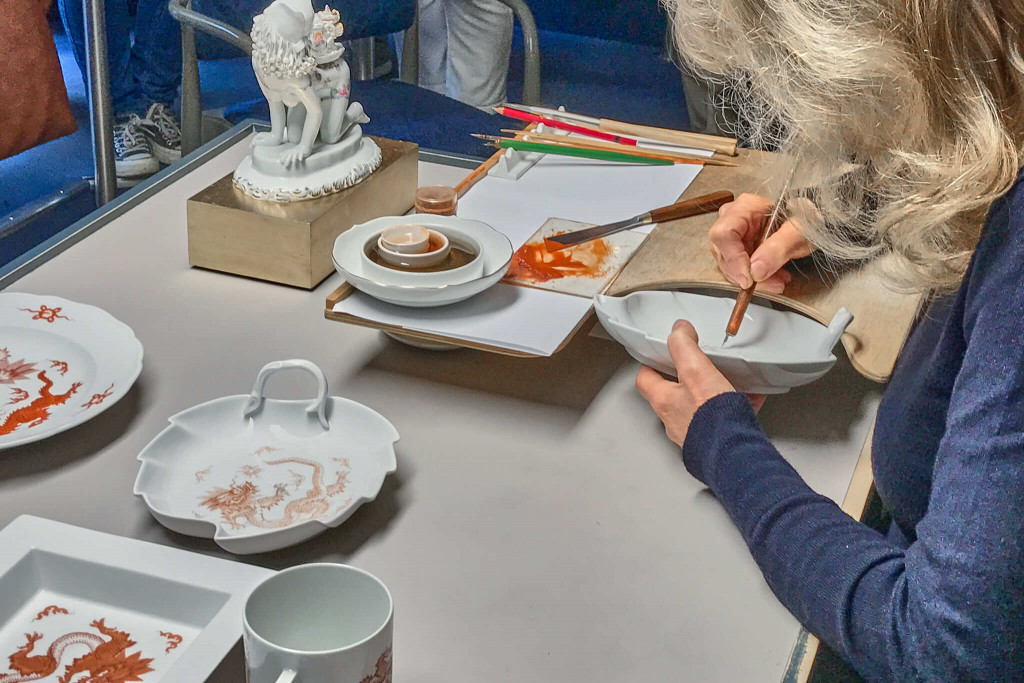
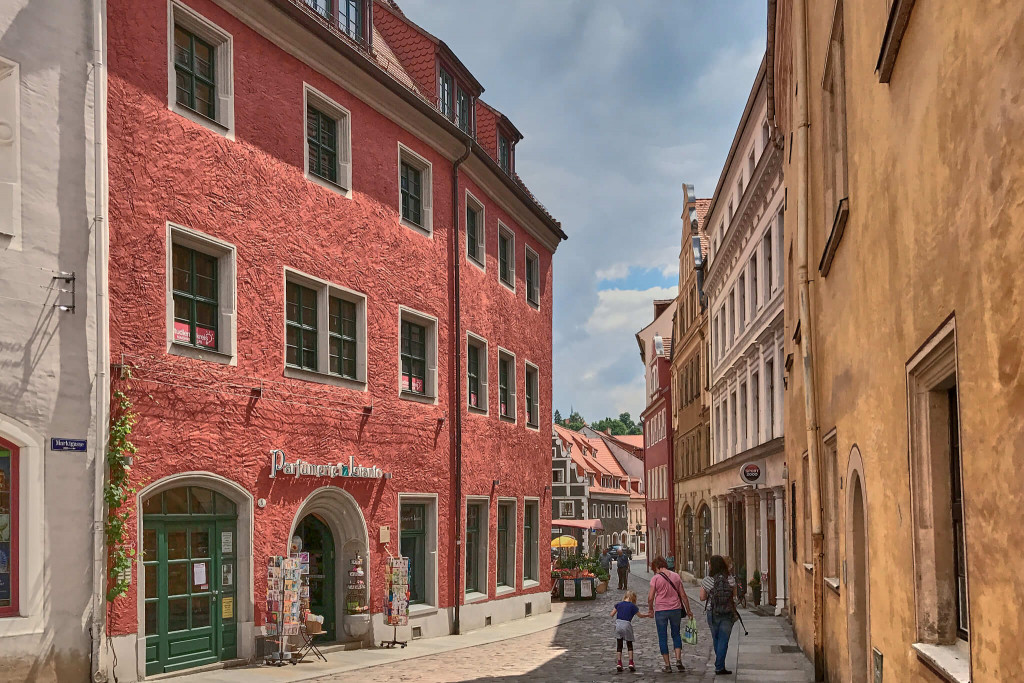
Travel tips for Meissen
Where to stay
Meissen as a renowned tourist destination has a variety of hotels catering to different needs. In addition to Romantik Hotel Burgkeller Residenz Kerstinghaus, the budget-friendly Schwerter Schankhaus is also a recommended option.
How to get there
Join a tour: The best way to experience Meissen is by taking an Elbe River Cruise from Dresden. On this full-day tour, you can explore the Saxon Wine Route by paddle steamer. The journey includes a visit to Meissen.
By train: From Dresden’s main train station, you can take a direct S-Bahn to Meissen train station, with the journey lasting approximately 34 minutes.
By car: If you’re traveling on highway A4, take the Siebenlehn exit and continue along Federal Road B101 or take the Wilsdruff exit. If you’re on highway A13, use the Radeburg exit. For highway A14, take the Nossen-Ost exit. If you’re coming from Dresden, use Federal Road B6.
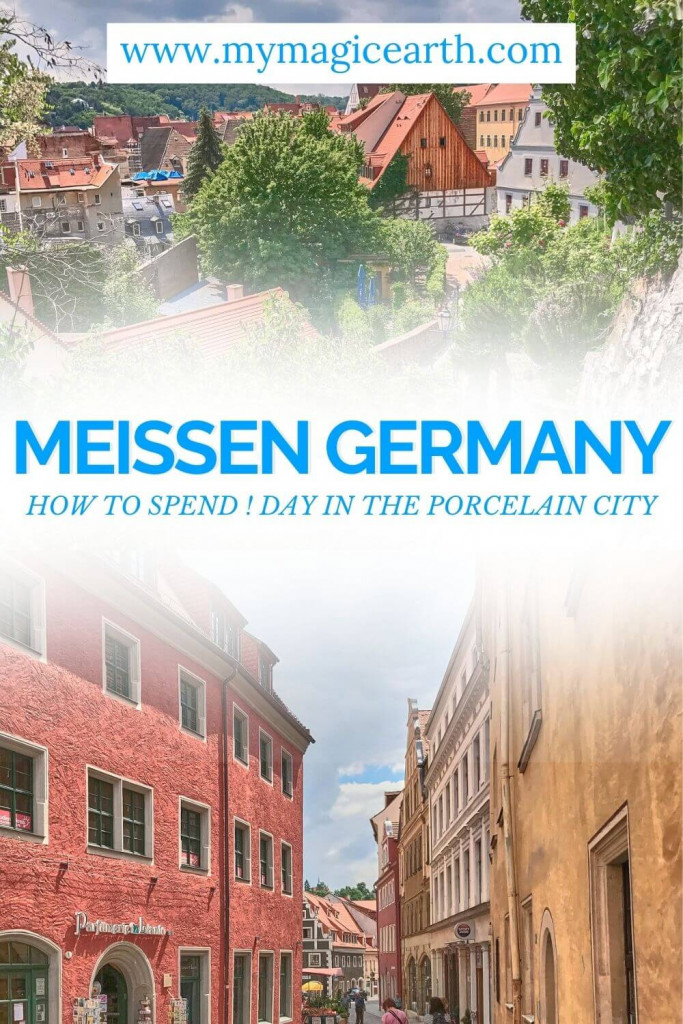
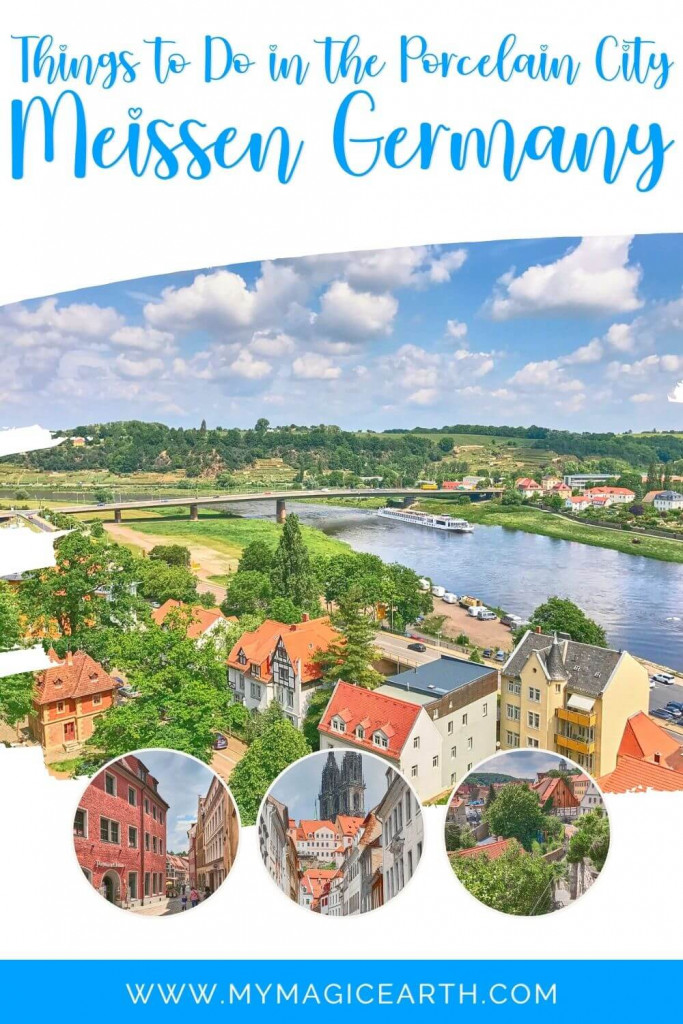
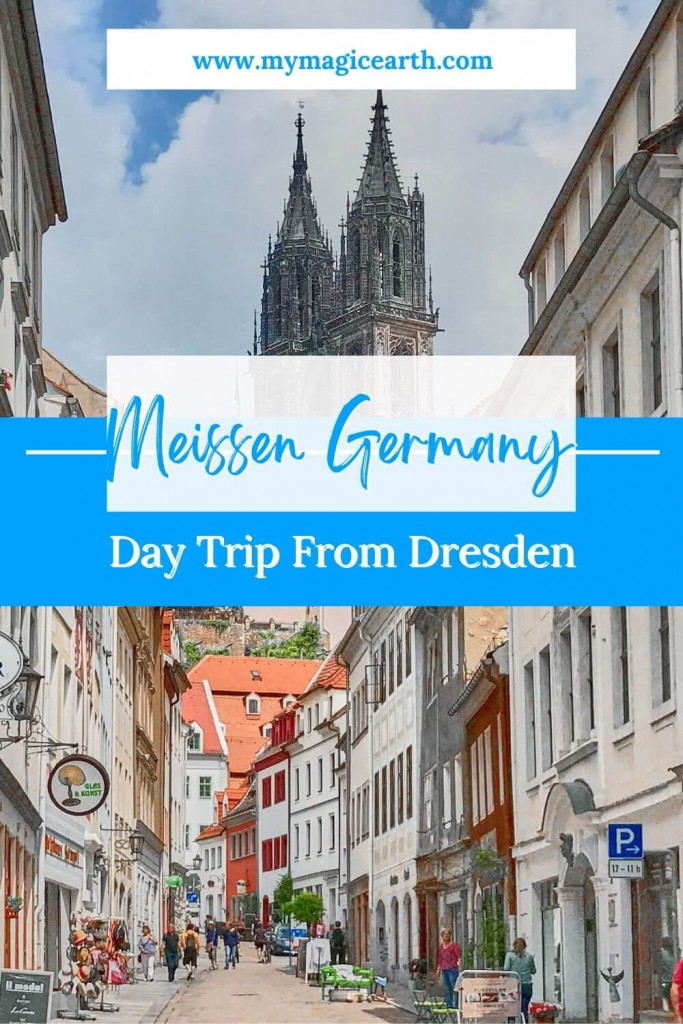

This looks like a great town to explore. I’ve been to Germany once and loved checking out the Castles and all the history the towns have to offer.
This looks like such a beautiful place.
So interesting to read about the history of Meissen. The porcelain museum sounds like a must do given the history of the town. I love the narrow streets with the colorful buildings – I’d love to just get lost wandering around. And the wine river cruise sounds like a ton of fun!
Meissen is really a picturesque town which includes impressive castle and as Germany is famous for many castles, I can imagine, this castle would also be worth visiting. I never knew about Meissen before reading your post, but it really looks quaint and rustic place with cobbled stoned streets and great architectures. Good to know that this place is famous for porcelain making and as I love art, I would surely enroll for porcelain painting workshop.
I had no idea that in Germany there’s a town where the world’s first porcelain carillon is preserved, how cool! Meissen looks really pretty and there seems to be plenty of things to see and do, but the porcelain museum must be the real highlight! Also, the river cruise along the Saxon Wine route sounds like a great way to end the tour of the town.
Meissen is an unexpected great side trip while visiting Saxony. I like how the old town has built around the castle, giving it the typical historical German feel. Good thing they offer an elevator ride to start at the top. You’ve provided plenty of suggestions for tours and the wine relaxation river tour sounds great.
What a perfect way to explore. I too, would have taken the historic walking tour . To be able to see all those castles, museums and the parks along the way would make it so much more interesting. I am the most intrigued by the presence of a tunnel and the castle stairs. Wonder if there were any interesting legends attached to them.
I would love to take the historical walk to the castle hill and stroll around the old town. Meissen sounds like the perfect place I’d love to visit on a day trip, and the views of the surrounding vineyards of Elbe valley are bound to make for a great road trip. I need to visit Germany soon!
Sounds like a great day trip from Berlin! The architecture is so rich; the cathedral is especially magnificent and elaborate, I’d love to see it in person. The town also seems really charming and quaint and perfect for a relaxing walk.
Great suggestions for things to do in Meissen in a day! I’ve seen some beautiful Meissen porcelain in a museum in Dresden. It looks indeed very beautiful. If I ever go to Meissen I’d love to visit the museum and maybe buy some of those fancy dishes for myself.
Meissen looks like a charming German town. The porcelain factory tour sounds interesting. I always like being able to go behind the scenes and see how things are made. It is nice that you can have a snack in the Meissen porcelains even if you don’t or can’t buy one.